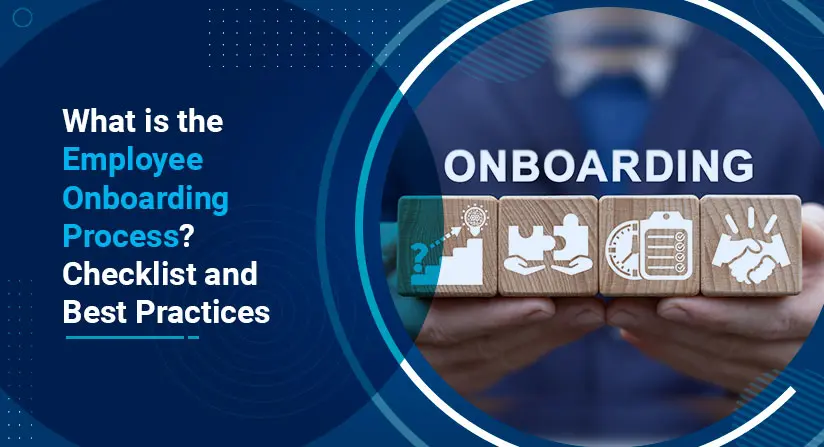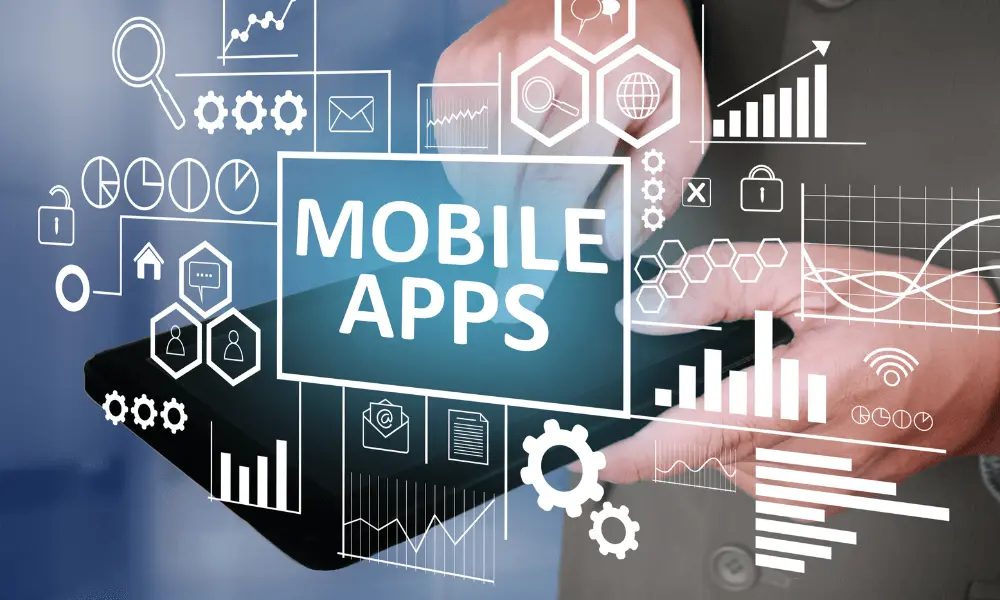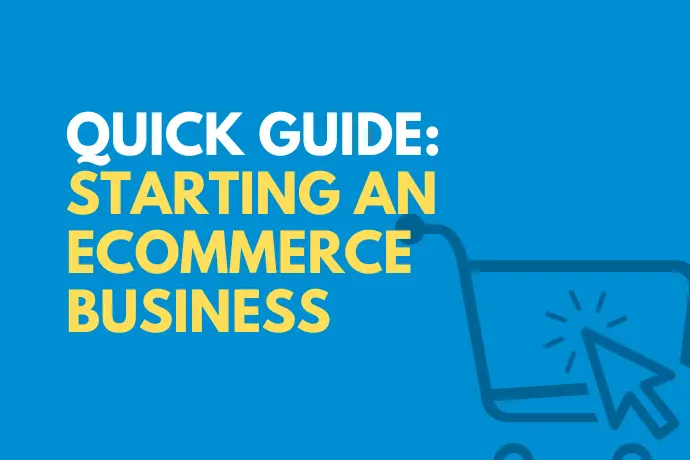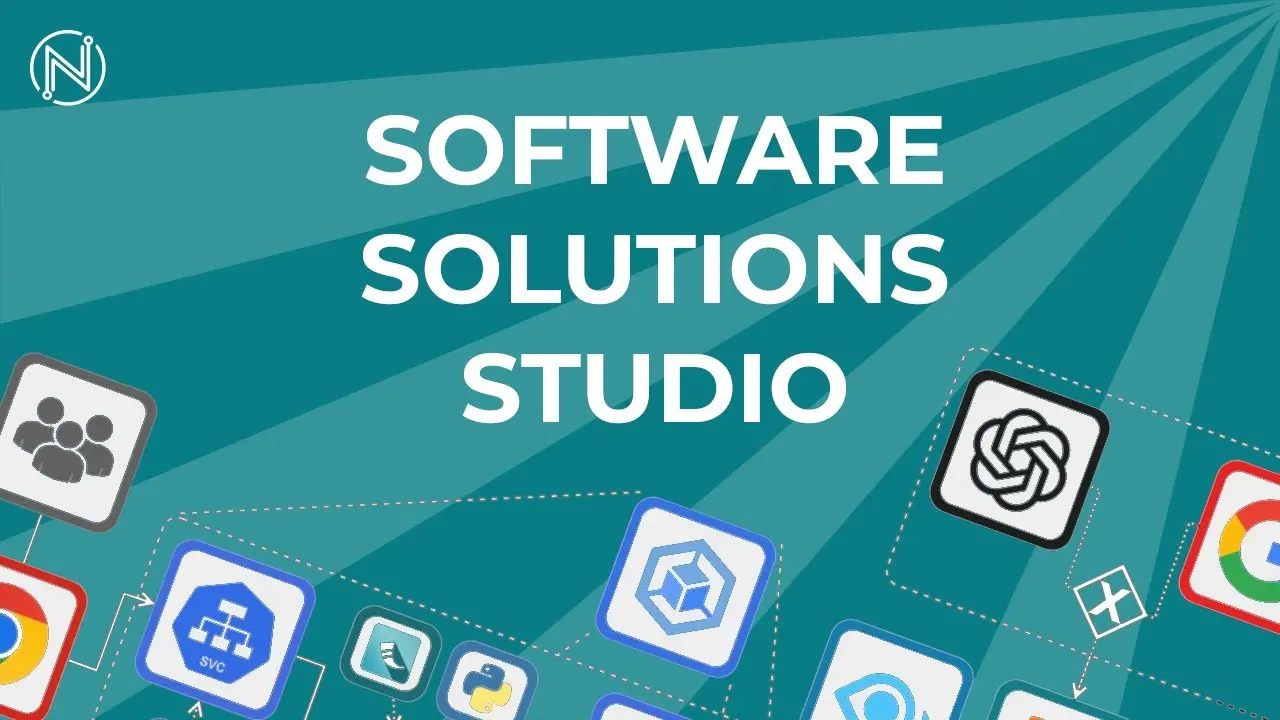Embracing the Future: Modern Onboarding Practices for Remote Teams

In the rapidly evolving workplace, the onboarding process has transformed significantly, especially with the increasing shift towards remote work. Modern onboarding practices are crucial not only for integrating employees into their new roles but also for ensuring long-term success and retention. This guide delves into the best practices for onboarding new employees remotely, offering actionable strategies to enhance your onboarding program in 2024.
- Understanding Modern Onboarding Practices
- Best Practices for Remote Onboarding
- Advanced Strategies for Remote Onboarding
- Inclusive Onboarding Programs (H2)
- FAQs
- Conclusion
Understanding Modern Onboarding Practices

Modern onboarding practices have evolved to meet the demands of a digital, decentralized workforce. With remote work becoming more prevalent, traditional onboarding methods are being reimagined to provide a seamless integration for new hires, even from a distance.
Critical Elements of Effective Remote Onboarding
- Comprehensive Preboarding: Engage employees before their official start date with necessary resources and introductions.
- Digital Completion of Formalities: Utilize digital tools to complete paperwork and administrative tasks efficiently.
- Structured Virtual Introductions: Organize virtual meet-and-greets with team members and key stakeholders.
Best Practices for Remote Onboarding
To successfully onboard new employees remotely, it’s essential to focus on communication, culture, and connection. Here are some of the best practices identified for 2024:
- Personalized Welcome Packs: Send digital or physical welcome packages that reflect your company’s culture and values.
- Interactive Virtual TrainingUse gamification and interactive tools to make training engaging and informative.
- Regular Check-Ins and Feedback Schedule frequent virtual meetings to address any questions and assess the new hire’s integration into the team.
Advanced Strategies for Remote Onboarding
As companies become more adept at remote operations, advanced strategies for onboarding have emerged.
Utilizing Technology to Enhance Onboarding
- AI and Automation: Deploy chatbots to provide instant responses to common queries and streamline the onboarding process.
- Virtual Reality (VR) Training: Implement VR to simulate real-world tasks and provide immersive learning experiences.
Creating a Sense of Belonging
- Virtual Social Events: Host online social activities to build connections and foster a sense of community among remote employees.
- Buddy Systems: Pair new hires with seasoned employees to guide them through their initial months.
Inclusive Onboarding Programs

Inclusivity should be a core aspect of any modern onboarding program, especially in a remote setting.
Strategies for Inclusive Onboarding (H3)
- DEI Initiatives: Conduct sessions on diversity, equity, and inclusion as part of the onboarding process.
- Customized Learning Paths: Tailor onboarding experiences to meet the diverse needs and learning styles of new hires.
FAQs
Q1: What are the essential components of a modern onboarding program for remote employees? A1: Essential components include a structured preboarding process, digital tools for completing administrative tasks, personalized welcome packs, interactive and engaging training sessions, and regular check-ins to foster connection and assess integration.
Q2: How can virtual reality (VR) be used in remote onboarding? A2: VR can be used to simulate office environments, provide interactive training sessions, and create real-world scenarios that help new hires gain a better understanding of their roles and responsibilities more engagingly.
Q3: What role does AI play in modern onboarding practices? A3: AI can streamline onboarding by automating routine tasks, providing immediate responses to common questions, and personalizing the learning experiences based on the new hire’s pace and preferences.
Q4: How can companies ensure a sense of belonging and inclusion in remote onboarding? A4: Companies can ensure inclusion by integrating diversity, equity, and inclusion training, facilitating virtual social events, implementing buddy systems, and offering multiple communication platforms to support various interaction styles.
Q5: What are some challenges of remote onboarding, and how can they be addressed? A5: Challenges include lack of face-to-face interaction, information overload, and integration into company culture. These can be addressed by using interactive and engaging training tools, providing clear and concise information, and creating opportunities for virtual interactions with team members and company leaders.
Q6: Can the effectiveness of a remote onboarding program be measured? A6: Yes, effectiveness can be measured by tracking metrics such as time to productivity, employee satisfaction scores, retention rates, and feedback from new hires regarding their onboarding experience.
Q7: What are some creative ways to make remote onboarding more engaging? A7: Creative methods include gamified learning experiences, virtual team-building exercises like digital escape rooms or trivia contests, and interactive sessions that allow new hires to explore company values and history in an immersive format.
Q8: How influential are regular check-ins during the remote onboarding process? A8: Regular check-ins are crucial as they help address any issues early on, provide continuous support, and ensure that new hires feel valued and integrated into the team. They also allow managers to adjust the onboarding process based on individual needs and feedback.
Conclusion
Embracing modern onboarding practices is essential for companies looking to thrive in a digital, remote work environment. By integrating these strategies, organizations can ensure that their remote employees feel valued, connected, and prepared to contribute to their new roles from day one. As remote work continues to evolve, so too will the strategies we use to welcome and integrate our teams, making it crucial to stay updated with the latest trends and technologies in employee onboarding.






